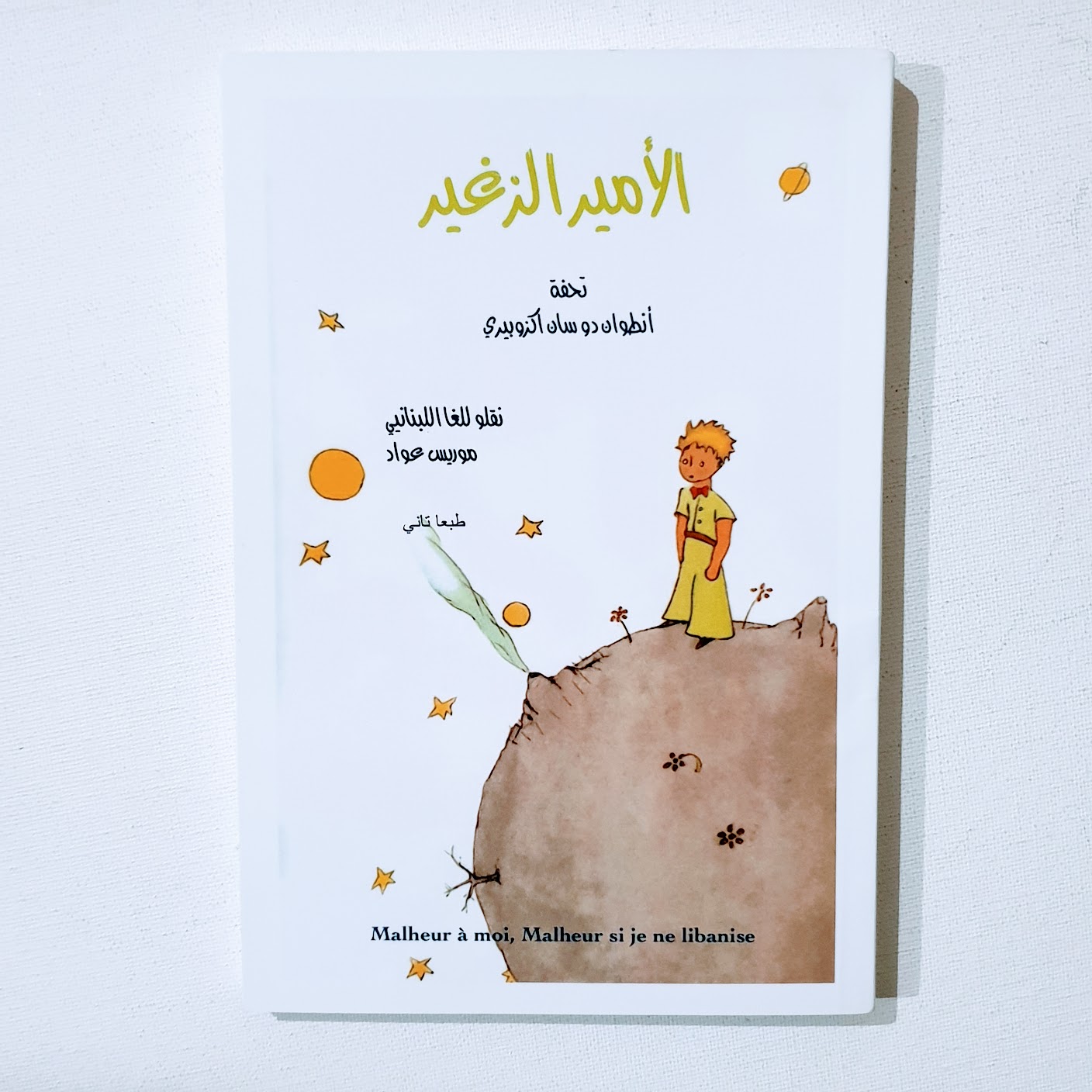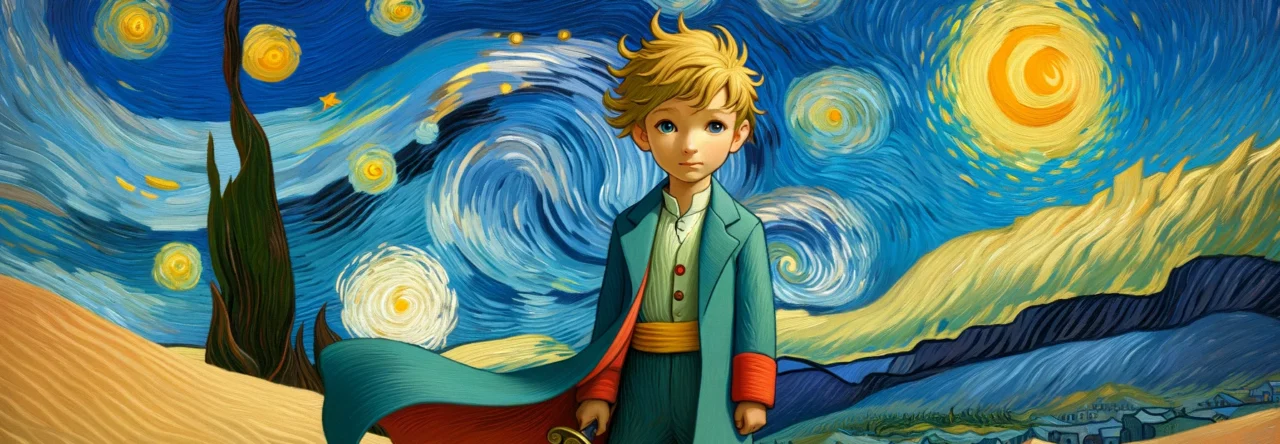
الأمير الزغير (Al Amiruz Zaghir), in Lebanese dialect of Arab language.
The Lebanese dialect of Arabic, known locally as ʿĀmmiyye libnēniyye, is one of the most vibrant and culturally expressive varieties of Levantine Arabic, shaped by millennia of civilisational layering and a uniquely cosmopolitan geography. Spoken across Lebanon’s mountains, coast, and cities, the dialect developed in a land that was once home to Phoenicians, Romans, Byzantines, Arabs, Ottomans, and French colonial administrators, each leaving their imprint on the lexicon and rhythms of everyday speech. Though rooted firmly in the Semitic structure of Arabic, Lebanese Arabic is enriched by centuries of contact with Syriac (Aramaic), Turkish, French, and more recently English, resulting in a linguistic palette that reflects the country’s pluralistic identity. For example, words like bakhshish (tip) from Turkish and merci (thanks) from French sit comfortably alongside classical Arabic forms like ʿaṭāni (he gave me) in casual conversation.
Culturally, Lebanese Arabic has long been a carrier of modern Arab creativity—it is the language of Fairuz’s music, Beirut’s cafés, television dramas, and street poetry. Its expressive cadence, melodic intonation, and tendency toward abbreviation make it particularly suited to oral storytelling, song, and satire. In urban areas, especially Beirut, the dialect reflects a fast-paced, multilingual ethos, where code-switching between Arabic, French, and English is not only common but emblematic of Lebanese social identity. Meanwhile, rural and mountain varieties maintain older expressions and conservative phonetics, adding further richness to the dialect’s internal variation.

Linguistically, Lebanese Arabic is mutually intelligible with other Levantine dialects such as Syrian, Palestinian, and Jordanian Arabic, yet marked by distinct features—like the frequent use of raḥ for future tense, or the pronunciation of the qāf as a glottal stop, as in ʾalb (heart). Though not officially standardised or used in formal writing (which remains the domain of Modern Standard Arabic), it is the de facto language of Lebanese identity, used in media, advertising, comedy, and increasingly in digital communication.
In relation to other Semitic languages, Lebanese Arabic shares deep grammatical and lexical kinship with Aramaic, once dominant in the region, and echoes can still be found in vocabulary and syntax in the mountains of Lebanon where Aramaic once thrived. As part of the Arabic dialect continuum, it also maintains connections with North African and Gulf Arabic, though mutual intelligibility decreases with geographical distance.
Despite political turbulence and emigration, Lebanese Arabic endures as a resilient cultural cornerstone, expressing both the historical weight and the lyrical soul of the Lebanese people. It is at once ancient and modern, colloquial and poetic—a living testament to Lebanon’s role as a crossroads of the Arab world, where identity, language, and culture dance in dynamic, sometimes discordant, but deeply meaningful harmony.


